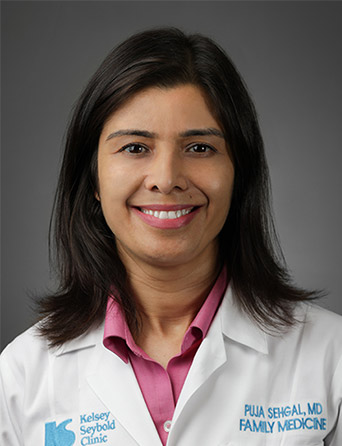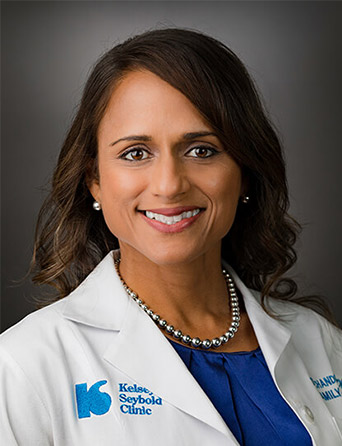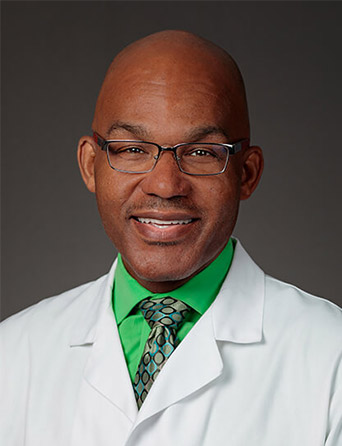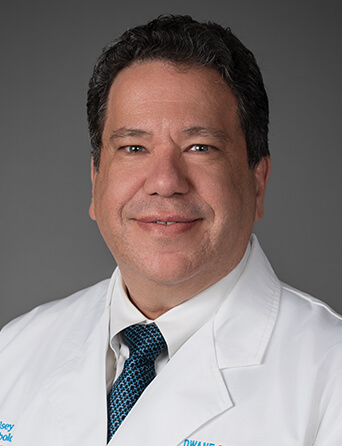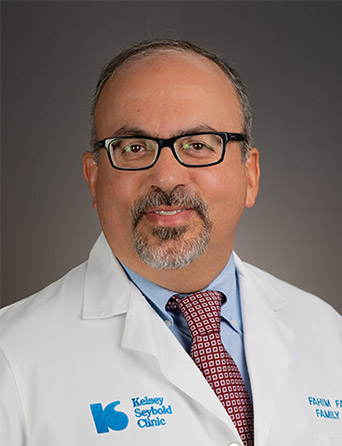Join Our eNewsletter!
Subscribe to our monthly newsletter to receive encouraging advice to help you lead a healthy lifestyle.
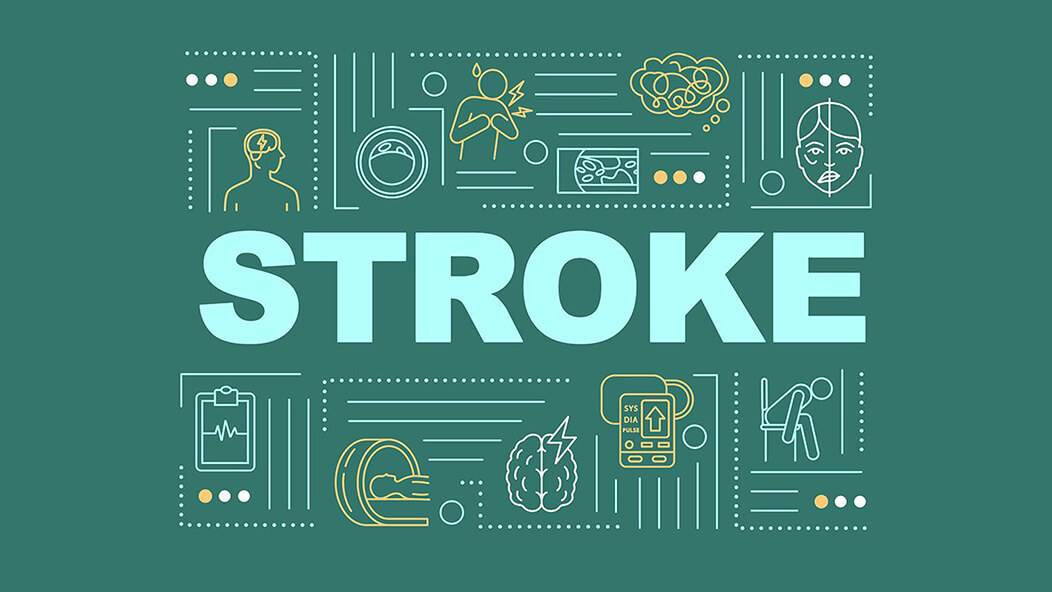
What You Should Know About Stroke
It can strike without warning, even in otherwise seemingly healthy people. And it can permanently diminish or steal the lives of its victims. It is stroke, the number-five cause of death in the United States, as well as a leading cause of serious disability.
There are several types of stroke, but whether a bleed or a clot preventing blood flow in or to the brain, all strokes can quickly starve the brain of oxygen, leading to brain damage and even death. Treatment for stroke should be given as quickly as possible, with its best chance at helping the stroke victim if given in under three hours. For this reason, knowing how to identify the signs of stroke could save your life — or the life of someone you love.
However, the tell-tale signs of stroke that we see in the movies — an immovable arm or drooping side of the face — aren’t always so clear. Often, the signs are more subtle and require a closer look. Being familiar with what to look for can help.
Warning Signs of Stroke
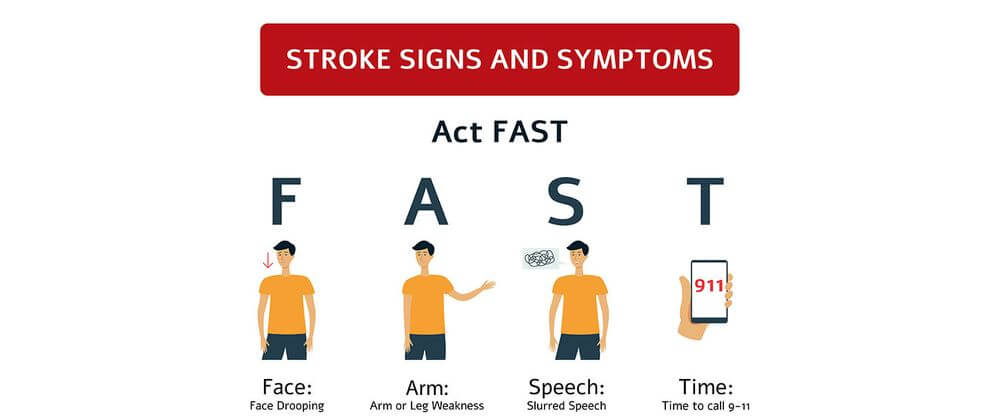
The American Stroke Association recommends you act “F.A.S.T.” to determine the signs of stroke:
F – Face drooping.
This sign can range from a very distinguishable difference in how the victim’s face appears on one side compared to the other — to almost no difference at all. Sometimes, one side of the face is merely numb. Having the person smile or stick their tongue out can help reveal the signs more clearly if stroke is suspected. The smile may be uneven or the tongue may go to one side.
A – Arm weakness.
Again, with stroke, one arm may experience a range of impairment, from extreme weakness to slight numbness. If the person raises both arms, he or she may be unable to raise or keep one arm up due to weakness.
S – Speech difficulty.
Stroke victims may have difficulty talking, with speech that is slurred or hard to understand. This can be pronounced or subtle.
T – Time to call 911.
Calling for emergency help right away offers the stroke victim the best chance of survival.
Beyond these common signs of stroke, there are additional clues to watch for. These include sudden confusion, trouble seeing, dizziness, or severe headache. Women may have slightly different symptoms, which can include pain in the face, legs, or chest; nausea; hiccups; shortness of breath; and rapid heartbeat.
Who’s at the Highest Risk for Stroke
Some risk factors for stroke are beyond our control, like advanced age, a family history of stroke — or even simply being female or African American. But other risk factors can be lessened with lifestyle changes:
High blood pressure – Hypertension is a leading cause of stroke, so doing everything you can to control your high blood pressure, such as taking prescribed medication, reducing salt intake, and eating a heart-healthy diet, can also help you reduce your risk for stroke.
Smoking – Because of the damage it can do to your cardiovascular system, smoking can make stroke more likely. This is especially true for women who take birth control pills or African Americans, whose risk for stroke doubles with smoking.

Unhealthy lifestyle – Not getting enough exercise and eating a diet high in saturated and trans fats can lead to health conditions that put you at risk for stroke. Getting at least 150 minutes of exercise each week, controlling your weight, and eating more fruits and vegetables while reducing higher-fat foods can help you reduce for your risk for stroke.
Other conditions – Having other chronic health conditions can make stroke more likely. These include diabetes, heart disease, high cholesterol, and sickle cell anemia. Reduce your stroke risk by following your physician’s instructions in keeping these conditions controlled.
You can work with your primary care physician to put yourself on the path toward a healthier lifestyle and reduce your risk of stroke. Schedule an appointment with a Kelsey-Seybold physician today.

